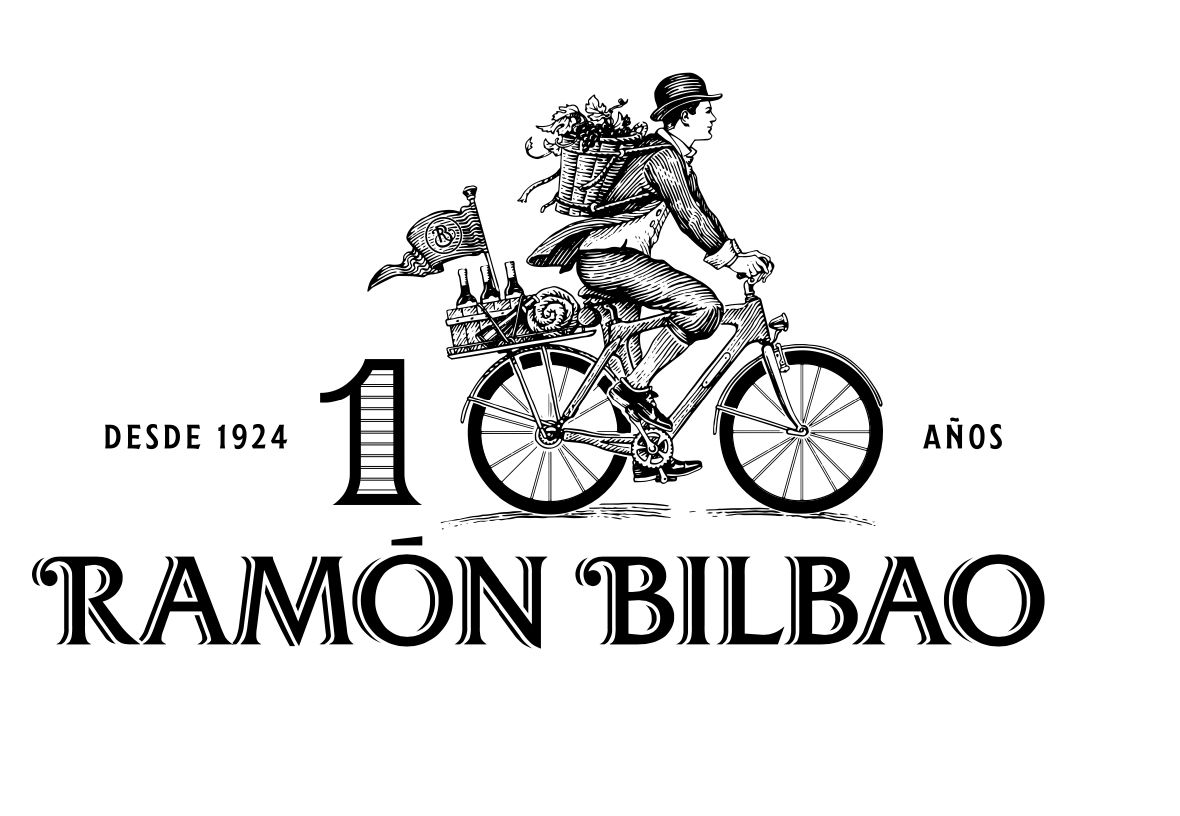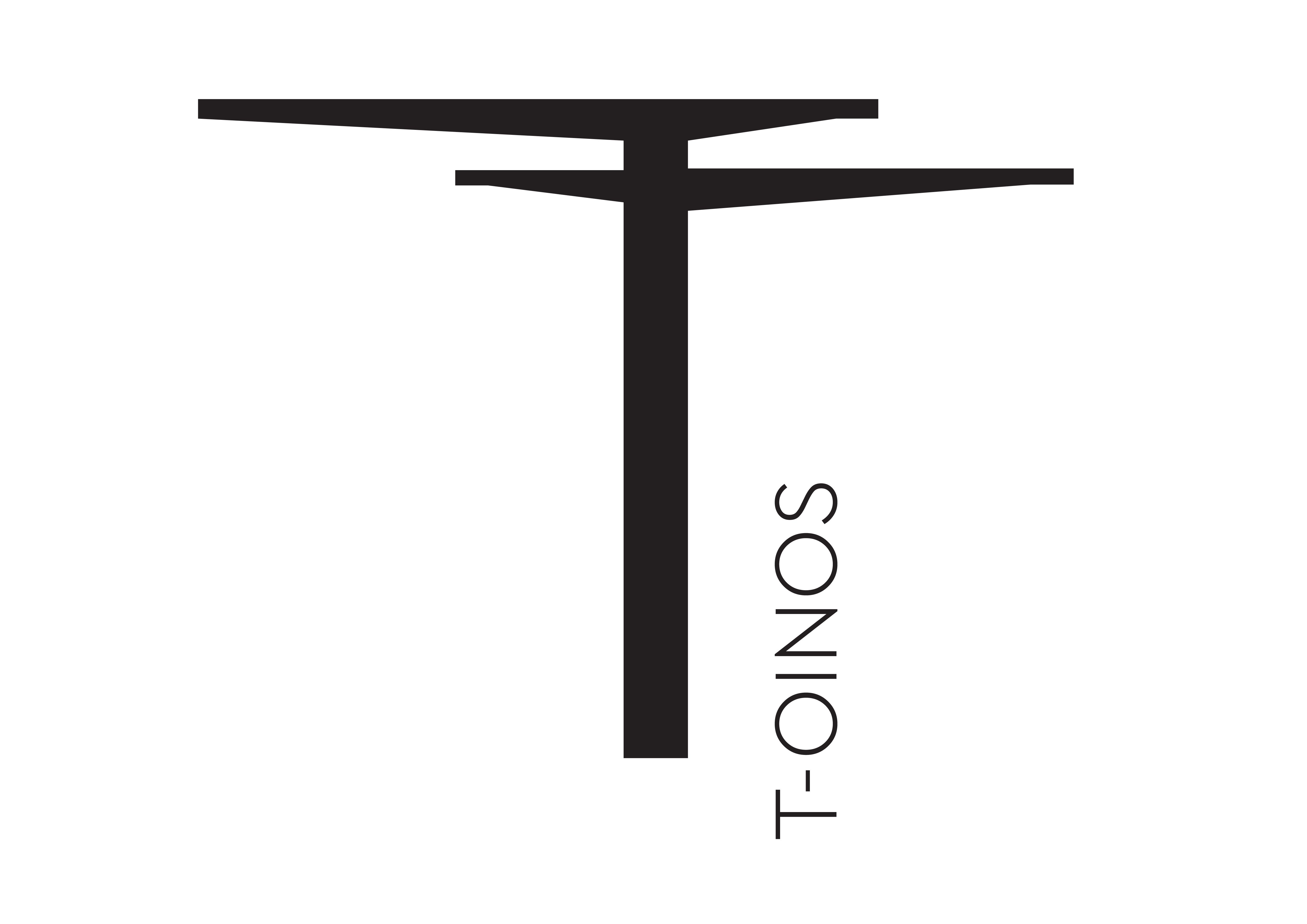As one of Portugal's most respected and traditional port producers you are also now making serious investments into quality still wine - can you explain the background to your strategy?
We have been on the market since the 1990s, are present in over 60 countries and asone of the top five Port players in the category we have long had a strategic focus on still wines in order to take advantage of the unique ability of the Douro Valley to produce exceptional still wines.
Over the years, Burmester and Kopke have developed their still wine offer, building Sogevinus a diverse portfolio of quality still wines. With the acquisition of the historic Quinta da Boavista in 2020, the group extended its still wine range, bringing in a multi-award winning still wine producer which boosted Sogevinus’ presence in the premium still wine sector.
After completing the exhaustive research of identifying the varieties growing across our four estates (Quinta do Bairro in Baixo-Corgo, Quinta de São Luiz and Quinta da Boavista in Cima-Corgo and Quinta do Arnozelo in Douro Superior) and which grapes are best suited to what location, further developments have been made ensuring we have the latest, state of the art technology to optimise the winemaking process.
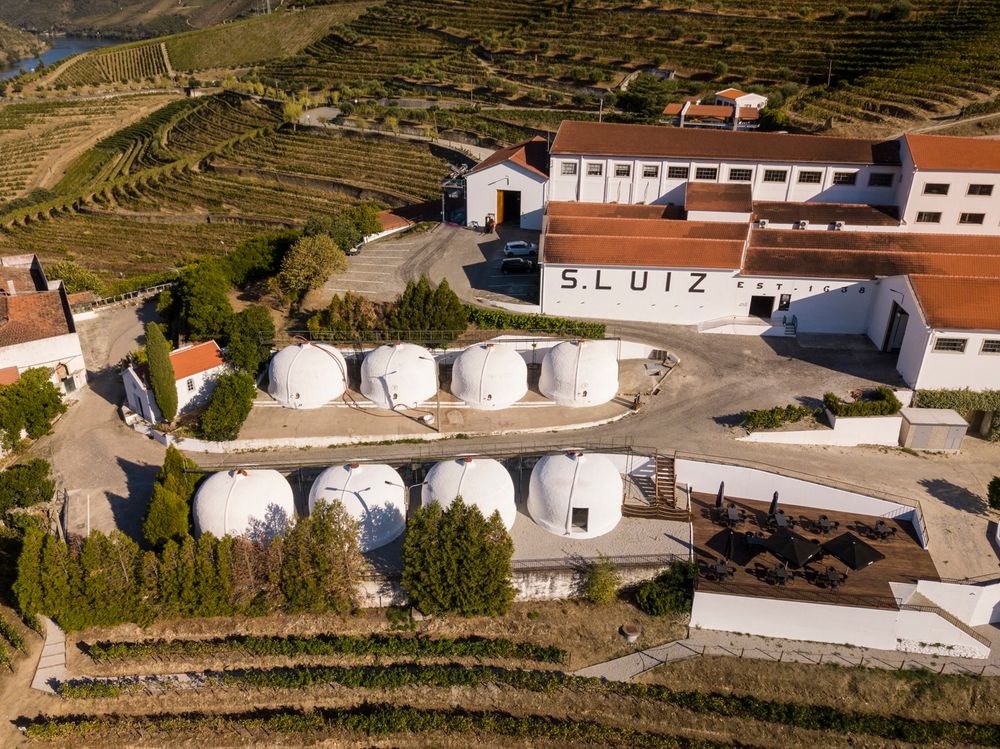
The Quinta de São Luiz winery has been converted to be able to make still wines
The winery at Quinta de São Luiz has been adapted exclusively for the production of still wines, illustrating our dedication to the production of premium quality still wines.
Why do you think it is important now for you to diversify your offer?
For us to remain relevant and competitive it is necessary that we adapt our portfolio to evolve with changing consumer trends. Looking beyond still wines we are also developing our offer for wine tourism.
As part of our wine tourism offer,in the Douro we own The Vine House – located in the heart of the Cima Corgo sub-region, close to Pinhão, and an integral part of Quinta de São Luiz. Opened in 2022, this boutique hotel offers 11 rooms, a signature restaurant and an infinity pool overlooking the Douro, opened in 2022. In Vila Nova de Gaia, we own Burmester and Cálem Cellars - the most visited Port wine cellars - with an innovative concept that combines tradition with technology.
In the first part of 2025, we will launch Tivoli Kopke Porto Gaia Hotel, a luxurious new hotel situated on the south bank of Porto’s Douro River. This exceptional property, created in collaboration with Tivoli Hotels & Resorts, promises breathtaking panoramic views of Porto, combining timeless elegance with the rich legacy of Kopke, the world’s oldest Port wine house, established in 1638.
The Kopke cellars are a standout feature, having been carefully restored and integrated into the design of the hotel. Guests can enjoy the opportunity to fully immerse themselves in the world of Port wine during their stay, celebrating Kopke’s centuries-old tradition of producing exceptional tawny and white ports.
Diversifying our offer beyond wine and into tourism enables us to take advantage of the exceptional Sogevinus estates, promoting the wider Douro region, whilst reaching a wider consumer base.
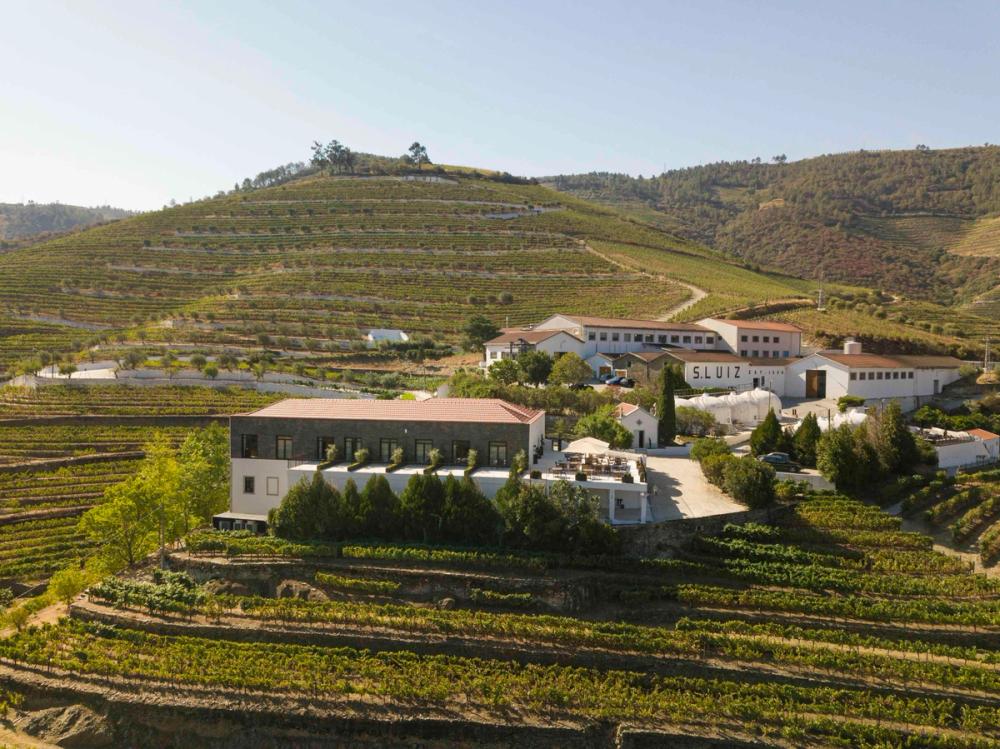
The Vine House is part of Sogevinus focus on hospitality and promoting wine tourism in the Douro Valley
How have you gone about establishing your own still wine ranges - what have been the key steps you have had to get right?
The decision to incorporate non-fortified wines into our portfolio was taken and implemented around 20 years ago. Over the past 20 years we have been learning and adapting the portfolio and its positioning to support our growth objectives.
Our focus was to produce high quality still wines, while respecting the Douro region and its terroirs.
The São Luiz brand, whose name comes from the same estate that is also the origin of Kopke port wines, has a very broad portfolio – ranging from entry-level to premium wines, covering on trade and off trade channels.
The São Luiz Winemaker's Collection, developed four years ago, is a project that came about as a result of the curious and experimental spirit of our winemaking team who, over the past decade, have monitored and studied the potential of each grape variety from different micro-terroirs across the Douro, vinifying and ageing them in order to test results and select the best grapes according to the wine they wish to produce.
Only unique wines with Reserva and Grande Reserva levels are considered for the São Luiz Winemaker’s Collection and all editions released are limited in quantity, numbered and signed by the oenologist.
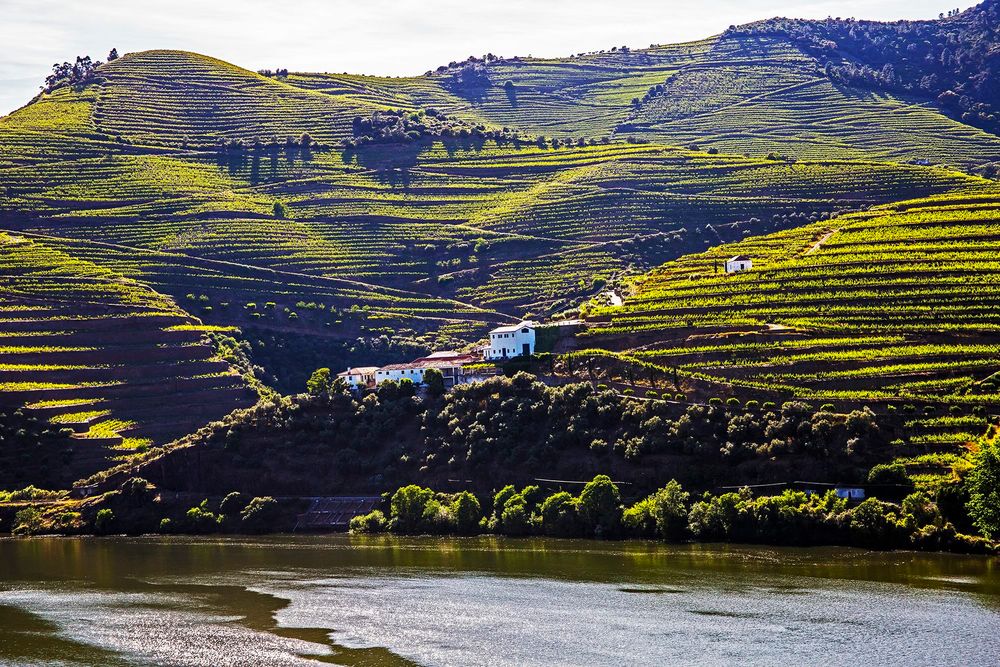
Quinta Boavista became part of Sogevinus in 2020
In 2020, Sogevinus announced the acquisition of the historic Quinta da Boavista, an 80-hectare property that was part of the first delimitation of the Douro region carried out by the Marquis of Pombal in 1756. This acquisition allowed Sogevinus to strengthen its position in the premium still wine market, bringing to its portfolio two new internationally recognised brands - Boa-Vista and Quinta da Boavista.
Where do you want to position your still wines in regard to your Ports - targeting similar customers or opening up new areas of business?
Our goal is to target our Port consumers, but also reach out to a new audience. On the one hand having a consumer base that knows and trusts the quality of our Port wine brands can be a powerful endorsement for them to try our still wines. On the other hand our still wines have a unique personality, which comes from the characteristics of their different terroirs and which appeal to different audiences and are suitable for different occasions.
Talk us through the ranges you have and how they have been developed?
In the still wines category (DOC Douro), Sogevinus owns three main brands - São Luiz, Burmester and Quinta da Boavista.
São Luiz produces the still wines of Kopke which decided to honour its terroir of excellence, Quinta de São Luiz, by signing its DOC Douro wines as São Luiz. Located in the municipality of Tabuaço, this estate stands out in the Douro landscape for its white-painted walls. In addition to its permanent ranges, which today range from more affordable wines to a premium range with two wines from old vines, the brand has also been investing in its experimental Winemaker's Collection range.
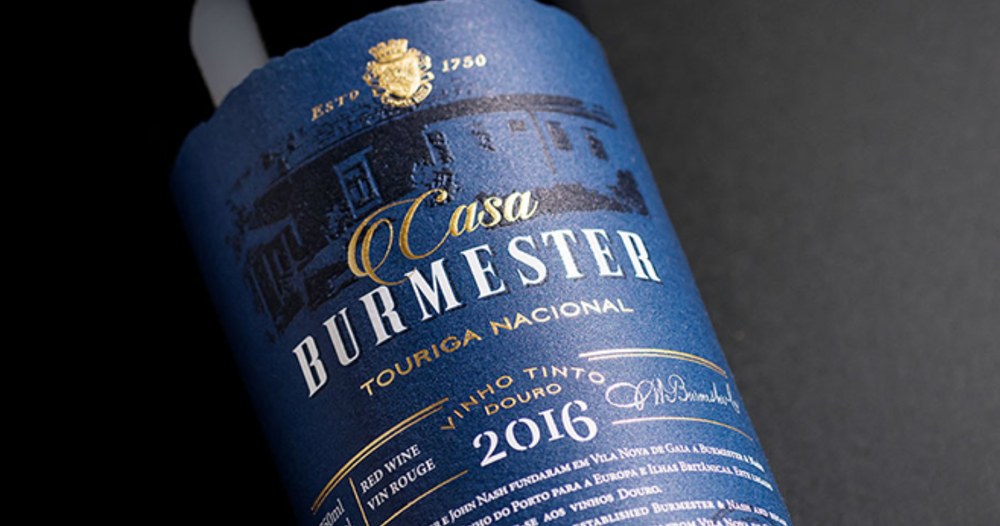
Besides Port wine, Burmester also has a vast portfolio of still wines, with its origins in the Douro Superior. In a region of tradition and history, Burmester balances a legacy and projects it onto a cosmopolitan and sophisticated path. A challenger, it has long since broken boundaries and is recognised in different markets for the prestige it has gained in the meantime.
Produced from the 36 hectares of vineyards on this iconic estate, moulded by monumental hand-built terraces, Quinta da Boavista wines represent the full symbiosis between nature and human knowledge. The parcel of grapes that gives rise to each wine, as well as the way they are vinified and aged, produce wines of great complexity and high quality.
What has been the reaction to Sao Luiz range of wines?
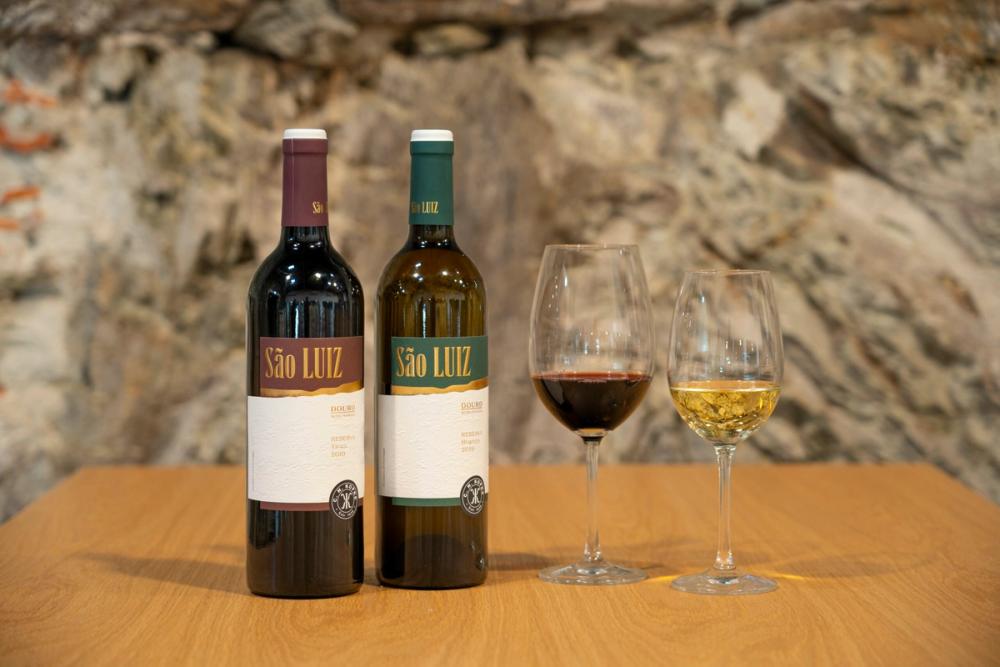
São Luiz wines have been well received by both consumers and specialist critics, in terms of national and international awards. These wines already have a wide range of positive scores from critics specialist wine competitions. Examples include:
- São Luiz Vinha Rumilã 2016 with 93+ points from Mark Squires, from Wine Advocate, and 2017 vintage with 94 points from Wine Enthusiast.
- São Luiz Vinhas Velhas 2017 with 90 Points in Wine Advocate, and 94 Points in Wine Enthusiast.
- São Luiz WMC Rosé Tinto Cão 2019 was rated 92 points, by Julie Sheppard of Decanter Magazine, and was also considered on Decanter in "Best 15 roses under £20".
- São Luiz WMC Rosé Tinto 2021 vintage received a score of 92 points from Mark Squires of the Wine Advocate. Very few rosés from the Douro have achieved this level of quality and recognition.
How do you hope to build on the Sao Luiz range?
We are always on the lookout for trends in the market and in the wine sector. Following this, two years ago, we launched an organic red wine that is now part of the brand's portfolio. The desire to launch an organic wine was sustained over the years in the search for a more balanced production process, preserving each terrace and stone wall, which support the vineyards, preventing soil erosion and serving as a refuge for the Douro's fauna and flora.
In the future, we would like to continue to invest in launches in the experimental Winemaker's Collection range. Currently, the range includes a single-variety rosé from the grape variety Tinto Cão, as well as a white wine from two grape varieties: Folgazão and Rabigato.
There is also the “Trio Rufete” a selection of three wines (ed, white and rosé) all made from the Rufete grape variety. This selection is a limited and very exclusive edition with only 1,100 cases of the three wines. This new trio was born out of the quest to add a unique element to the portfolio, with the intention of winning over the most demanding palates.
You now have a new range called Muros - what is that range about and how does it differ to São Luiz
The name of this new wine comes from one of the Quinta's most emblematic characteristics - Muros de São Luiz – the walls of São Luiz. Every year, the walls that support the Quinta's vineyards are painted white. These walls tell the story of a region made up of hard work, but also creativity with the reward being reaped in every bottle, creating lasting memories around the table. This range was born in honour of all the unsung heroes who have painted the walls of the estate over the years.
Our aim with this launch was to develop two quality wines in a price segment where the brand was not yet present, bringing the São Luiz brand to a wider group of consumers. At the same time, we wanted to develop a relaxed wine for everyday consumption, which is easy to drink on various occasions. Since the communication of this range takes on a youthful and relaxed tone, consistent with the moments of consumption of this wine, we also believe that it will appeal to a younger audience of wine consumers.
How are you making these wines - and sourcing the fruit
These wines are made with the grapes from our estates, and with the grapes we buy from small winegrowers in Douro.
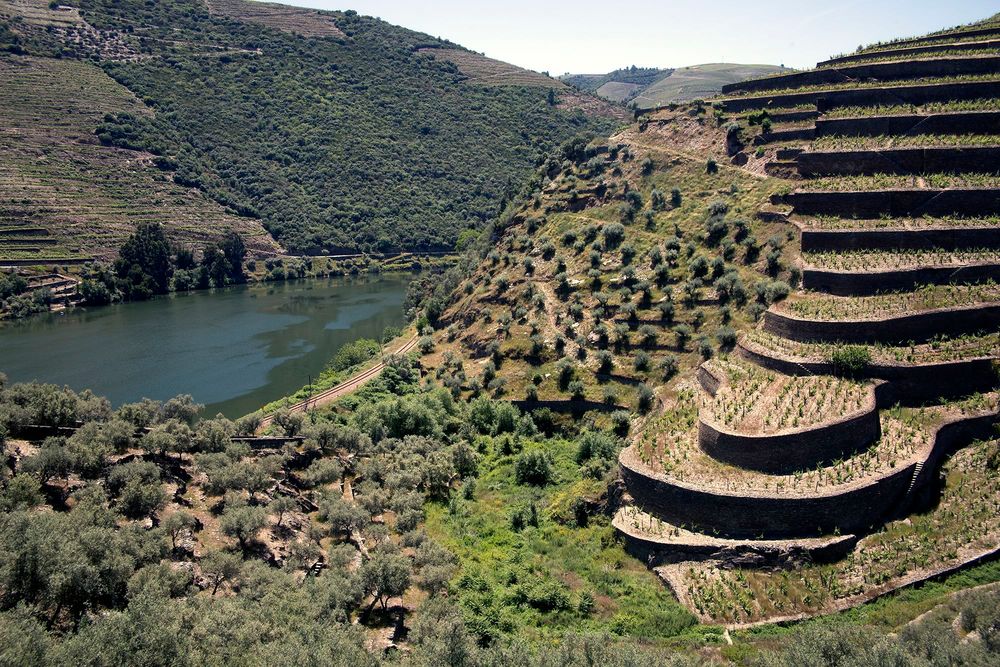
The grape growing conditions in the Douro Valley help make high quality still wines
What lessons have you learnt from making still wines?
The most important thing is to respect the terroir, as well as maintain the quality and the unique profile of each brand, so that we can build a consistent and unique portfolio.
Any surprises?
The oenology team is always experimenting and performing trials with different grape varieties, the results of which will be revealed in the years to come.
What has pleased you most and been the biggest achievement yet with your still wines?
The biggest achievement while producing still wines is seeing the growth of the category within the company, and its recognition by consumers and critics in the sector.
One of the major achievements was the launch of São Luiz Winemakers Collection rosé made from Tinto Cão, the wine showcases the value of this minority grape variety, placing it in the super premium rosé category, inspiring other companies to launch themselves in this category as well and contributing to the development of a new category – premium rosés from Douro
What is also happening with Kopke and Quinta da Boavista?
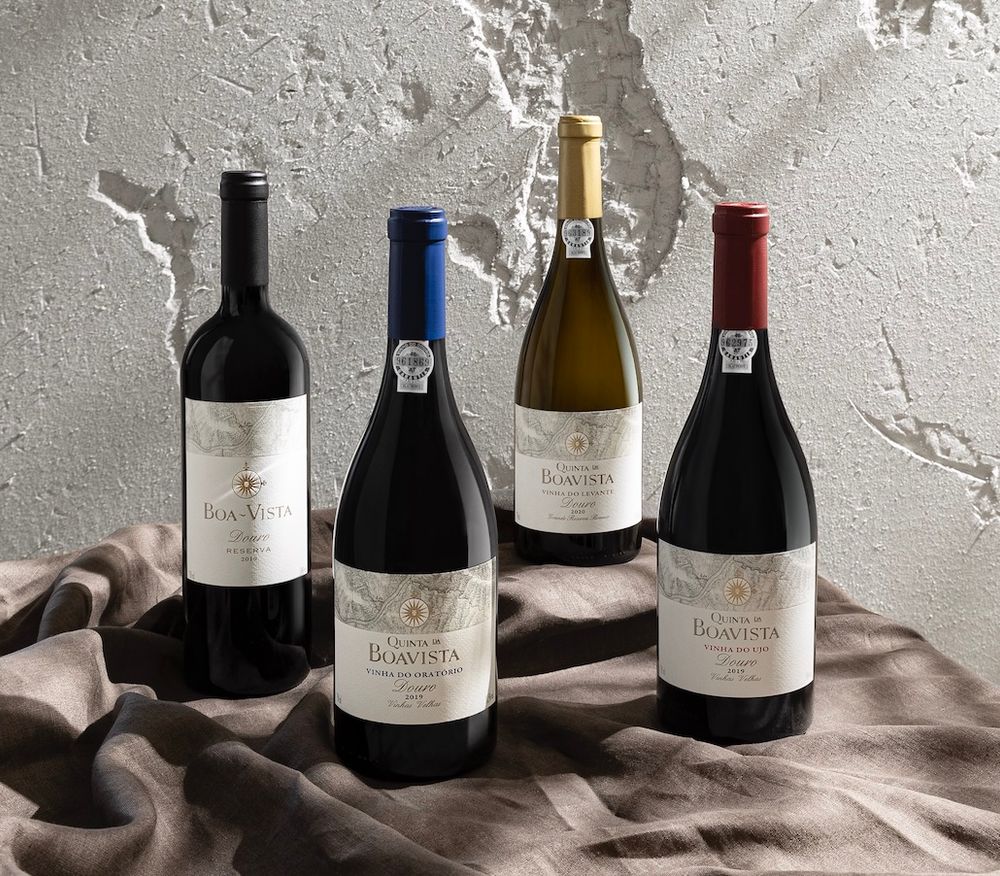
Boavista still wines' range
For Quinta da Boavista - in 2023 we launched our first Quinta da Boavista white wine- Quinta da Boavista Vinha do Levante- and this year we look forward to launching a single variety- Touriga Franca.
At São Luiz by Kopke, in 2024 we launched Muros de São Luiz.
How you do you see the traditional Port market and what steps are you taking to maximise your sales?
We have seen a reduction in Port wine consumption over recent years, and while this trend for Sogevinus is partly determined by our investment in still wines, it is also recognised that while there is a reduction in volume of Port consumption, there is an increase in value.
This trend toward Port premiumisation and the discovery of wines from superior categories is something Kopke is well positioned for.
Kopke has an extensive library of old wines, including some remarkably rare white and Tawny ports and has a long and established reputation as the maker of some of the very best Port wines.
In addition, the strong focus on wine tourism and the investments Sogevinus has made over the last few years, has become an important tool in Port wine promotion, and it already represents around 25% of the Sogevinus turnover.
* You can find out more about Sogevinus at its website here.




























